Sealife guideThe giant mantaMobula birostris
Last updated on 07/06/2025 at 10:44 PM

A giant manta ray drawn with sand by Maldivians
Taxonomy
- Common name: Giant manta
- French name: Raie manta, diable des mers
- Spanish name: Mantarraya, manta gigante
- Scientific name: Mobula birostris (Walbaum, 1792)
- Family name: Mobulidae
- Order name: Myliobatiformes
- Class name: Elasmobranchii
Description
The giant manta ray is the largest ray in the world reaching a maximum length of 30 feet. The giant manta ray has two large fins, called « wings », a short tail and two horns at the front that help direct the water it filters.

The giant manta ray is black on top
The giant manta ray is black on top with a white underside that is sometimes spotted with black, featuring five pairs of gill slits.
Geographic range
The giant manta ray primarily lives in tropical oceans around the world.
Giant manta rays can be found in the Maldives, near the coast of Africa, in Oceania, south of Asia, along the northern coasts of South America, near Central America and also off the western coast of Spain.
Habitat
The giant manta ray is typically found between the surface and about 65 feet deep but it is generally closer to the surface.
The giant manta ray is rarely seen alone and is more commonly found in groups of a few individuals.
Diet
The giant manta ray primarily feeds on plankton in the water, which it directs with its two horns toward its mouth to filter out and expel through the gill slits on its underside. Giant manta rays also eat small fish.

The giant manta ray feeds on plankton by filtering seawater
To feed, the giant manta ray keeps its mouth wide open and « flaps its wings » peacefully while swimming in large circles or moving back and forth.
Giant manta rays sometimes approach coral reefs to find their food.
Reproduction
Giant manta rays are ovoviviparous. During reproduction, it is common for giant manta rays to leap out of the water to give birth to baby giant manta rays.
Did you know ?
A giant manta ray can weigh up to 6,600 pounds, measure up to 30 feet, and live for 20 years !
Giant manta rays do not travel alone ! It is common to see remoras, small fish, swimming above the giant manta ray.
Giant manta rays are capable of leaping out of the water.
The giant manta is listed as many other marine species within The IUCN Red List of threatened species. The giant manta appears in the IUCN Red List since 2022 within the category Endangered !
Tips for observing
Giant manta rays are primarily found in areas rich in plankton located at the convergence of several ocean currents. Watch the water's surface, and you might be lucky enough to see the giant manta ray's wings breaking through.
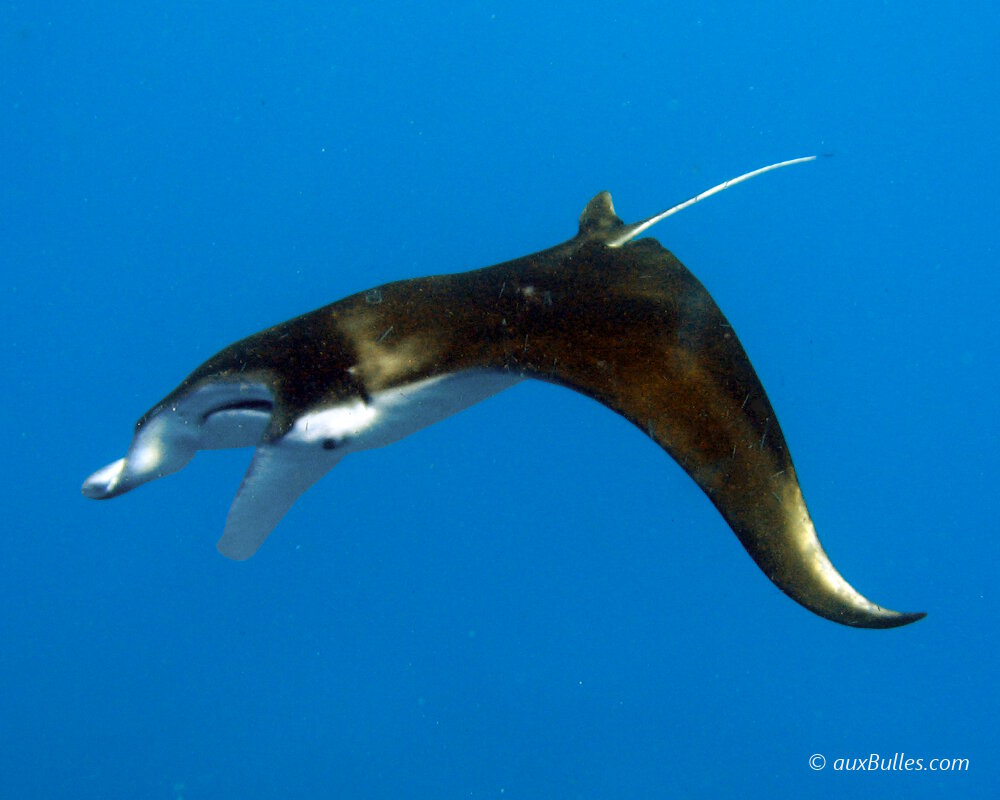
Giant manta rays are primarily found in areas rich in plankton located at the convergence of several ocean currents
Admire these majestic rays either from the surface with just a mask, snorkel and fins or underwater with your diving gear, as giant manta rays gracefully glide through the deep blue with their mouths wide open to filter seawater.
Within the same genus
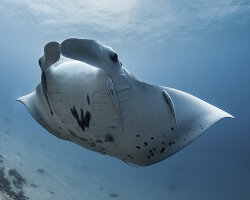
Reef manta ray
(Mobula alfredi)
(Mobula alfredi)
Discover also
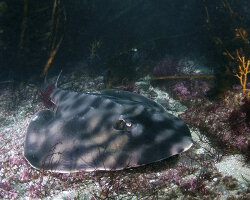
Banded guitarfish
(Zapteryx exasperata)
(Zapteryx exasperata)

Beaked guitarfish
(Rhinobatos schlegelii)
(Rhinobatos schlegelii)
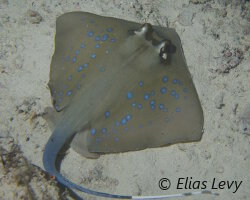
Blue spotted stingray
(Neotrygon kuhlii)
(Neotrygon kuhlii)
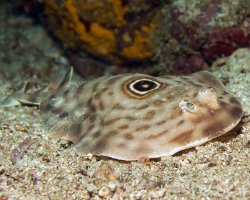
Bullseye electric ray
(Diplobatis ommata)
(Diplobatis ommata)
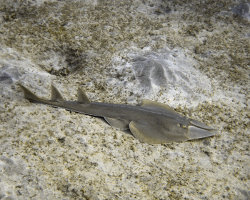
Halavi guitarfish
(Glaucostegus halavi)
(Glaucostegus halavi)
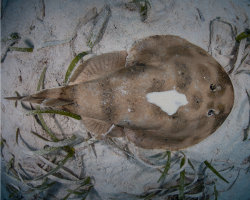
Lesser electric ray
(Narcine bancroftii)
(Narcine bancroftii)
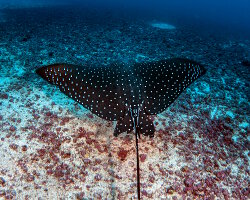
Pacific white-spotted eagle ray
(Aetobatus laticeps)
(Aetobatus laticeps)
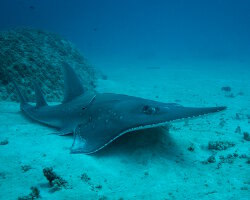
White spotted wedgefish
(Rhynchobatus australiae)
(Rhynchobatus australiae)
Our latestUpdates
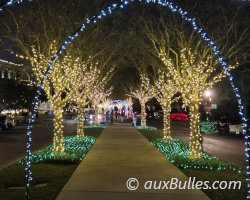
Friday, December 19th 2025
The magic of Christmas decorations
Discover Christmas decorations in Florida: giant trees, illuminated palm trees, magical light displays and tropical settings to experience the holiday magic under the sun.

Monday, December 15th 2025
The dusky shark
Discover the dusky shark, one of the world's largest coastal sharks, and learn why this powerful predator is essential to marine ecosystems.
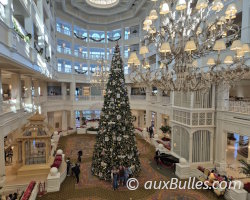
Friday, December 12th 2025
Christmas magic at Disney hotels
Experience the magic of Christmas at Disney hotels: enchanting decorations, giant Christmas trees, dazzling lights and a festive holiday atmosphere.
Photo of the Day

Poisson pégase
(Eurypegasus draconis)
(Eurypegasus draconis)
